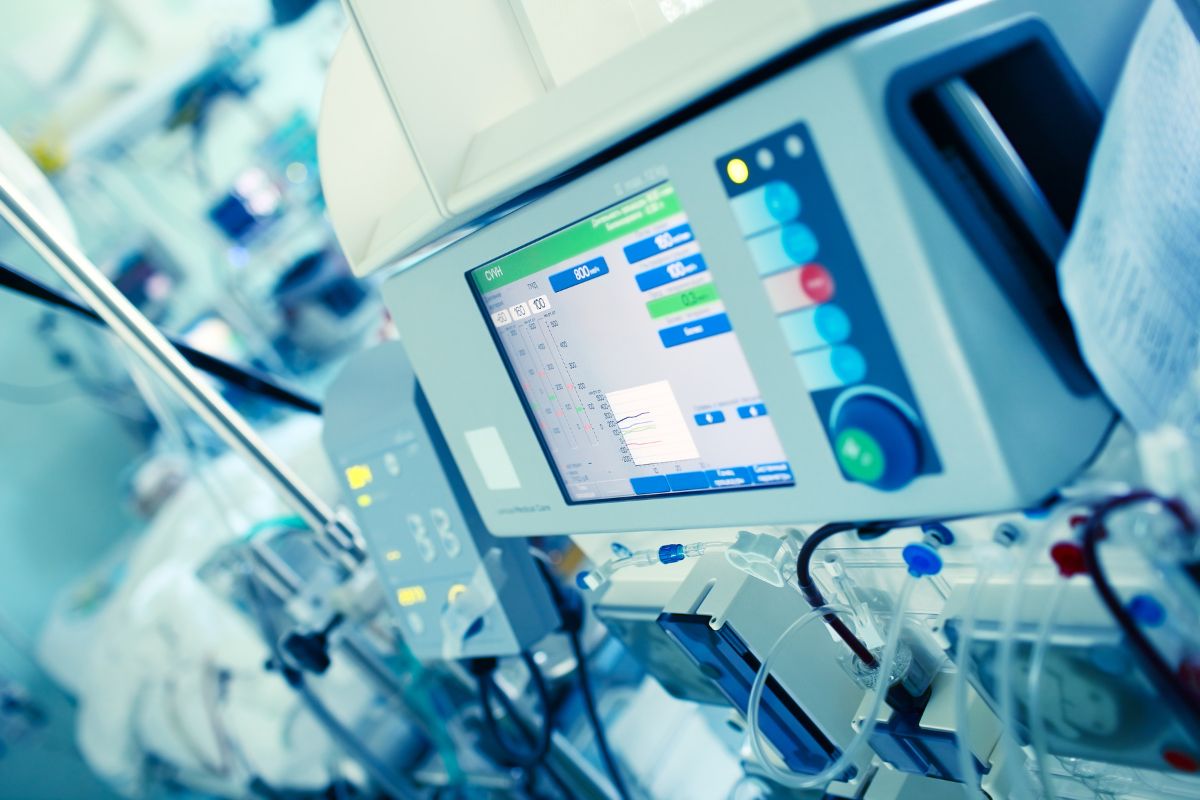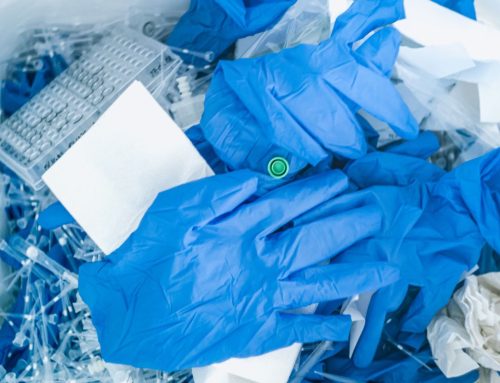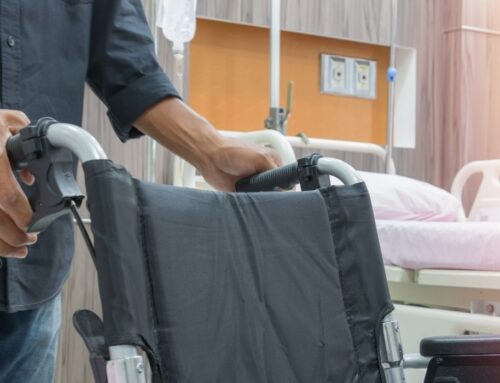In a bustling hospital, every piece of equipment plays a crucial role. Items like stethoscopes, used by doctors day in and day out, touch countless patients. Consider the invisible microbes that might linger on it. Patient safety is paramount in medical settings, and ensuring that equipment doesn’t become a source of infection is vital. Antimicrobial additives are powerful agents mixed into the materials of medical equipment. These act as silent guardians to ward off harmful microbes, making the environment safer for everyone.
Here’s how antimicrobial additives combined with rubber and plastic materials used in medical equipment manufacturingcan deliver improved products.
What are Antimicrobial Additives?
Antimicrobial additives are substances blended into materials to give them the ability to resist harmful microbes. These additives come in various types, including metal-based agents like silver and copper, and organic compounds such as triclosan. When these additives are part of a product, they continuously combat and prevent the growth of unwanted bacteria, fungi, and other microorganisms.
Instead of allowing microbes to thrive and multiply, the antimicrobial agents disrupt their growth processes. This ensures that surfaces remain cleaner and less likely to spread infections. In medical settings, where cleanliness is crucial, these additives play a key role in maintaining a safer environment.
The Need for Antimicrobial Protection in Medical Equipment
Hospitals are places of healing, but they also face the constant threat of hospital-acquired infections (HAIs). These infections can occur when patients come into contact with pathogens in the very place they seek care. Frequently used and shared among patients, rubberized and plastic-coated medical equipment can become reservoirs for these harmful pathogens if not properly maintained.
For instance, in recent years, there have been outbreaks of infection traced back to contaminated scopes used in medical procedures. Another example includes patients contracting diseases from tainted IV bags. These real-life incidents underscore the importance of ensuring that medical equipment isn’t just functional but also safe from microbial threats. Incorporating antimicrobial protection into the rubber and plastic used to manufacture these tools is a proactive step toward minimizing such risks.
Benefits of Using Antimicrobial Additives in Medical Equipment
Incorporating antimicrobial additives into rubberized medical equipment offers several advantages:
- Longer equipment lifespan. With reduced microbial damage, wear and tear from bacteria or fungi is minimized, ensuring devices last longer and perform consistently.
- Better patient protection. With a reduced microbial presence on equipment surfaces, the chance of transmitting infections drops, creating a safer patient environment.
- Improved operational efficiency. Rubberized or plastic equipment treated with antimicrobial additives doesn’t require disinfection as frequently. This means less downtime for cleaning and more time dedicated to patient care.
These antimicrobial additives protect the equipment and contribute to a smoother and safer healthcare experience for patients.
Challenges and Considerations
While antimicrobial additives offer numerous benefits, there are challenges to consider. One pressing concern is the potential for microorganisms to develop resistance. Over time, some bacteria and fungi might adapt, diminishing the effectiveness of the additives.
Additionally, it’s crucial to ensure that these additives don’t interfere with the equipment’s primary functions or pose health risks to patients. Balancing antimicrobial properties with equipment performance and safety can be a delicate task.
Next, there are environmental considerations. The use and disposal of antimicrobial rubbers and plastics can introduce new pollutants into the environment, affecting ecosystems and potentially entering the food chain.
As the medical community embraces antimicrobial additives, addressing these challenges head-on is essential, ensuring that the pursuit of a safer healthcare environment doesn’t inadvertently create new problems.
Current Innovations and Future Prospects
The field of antimicrobial additive technology is rapidly evolving. Recent advancements have led to the creation of more potent and longer-lasting agents, capable of combating a broader range of pathogens. These innovations promise even greater protection for medical equipment and patients alike. Looking ahead, the trend seems to be leaning towards developing sustainable additives. Researchers are exploring eco-friendly materials that fend off microbes and decompose without harming the environment.
As technology progresses, the medical industry can anticipate even more effective and environmentally-conscious antimicrobial solutions, further enhancing patient safety and care. However, the journey doesn’t end here. Researchers, manufacturers, and healthcare professionals must collaborate to push the boundaries of innovation. By investing in continued research and embracing new advancements in antimicrobial rubbers and plastics, the medical community can ensure a safer and more efficient healthcare environment for all.
Consult with our team of experts to discover how we can incorporate antimicrobial additives into your medical equipment manufacturing processes.



